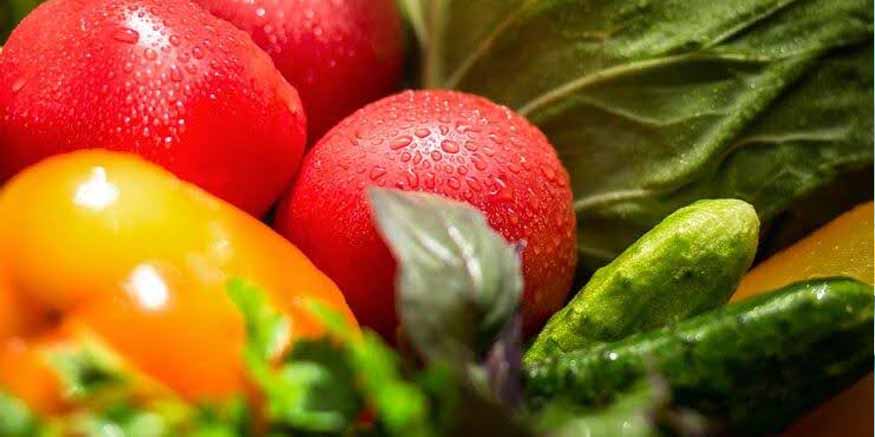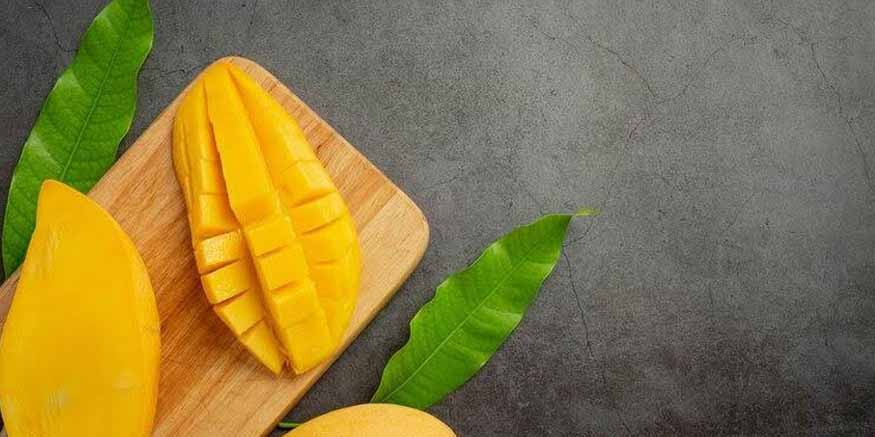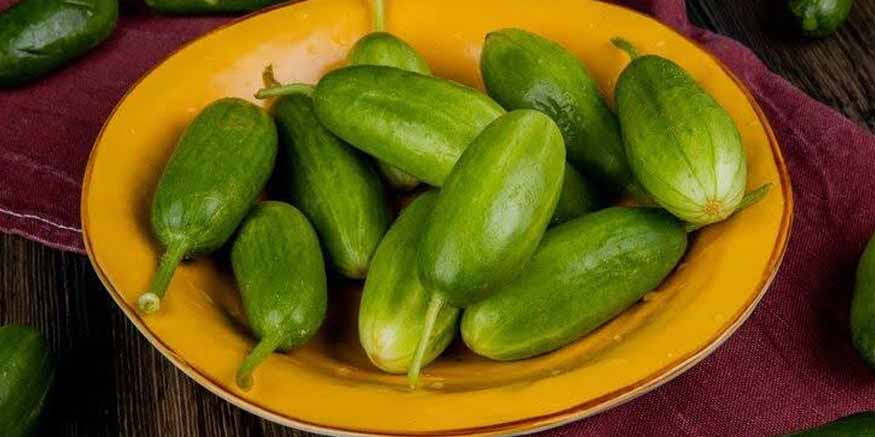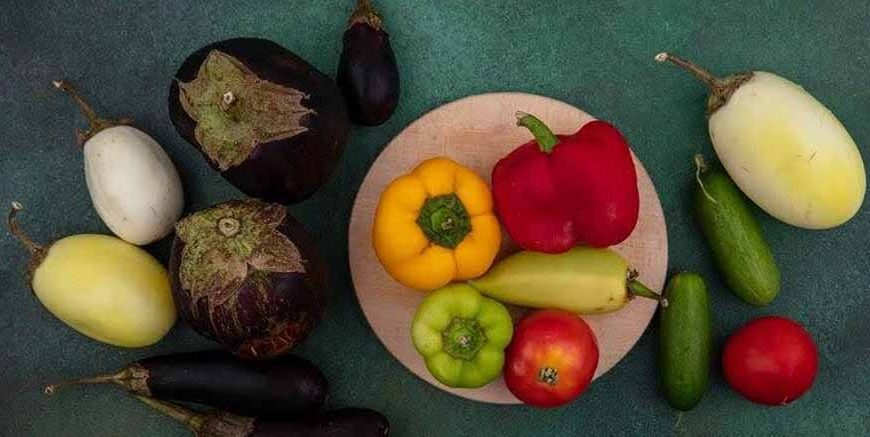Everyone eagerly waits for the monsoon season in India because apart from the rains satisfying the thirst of the barren land they bring along a plenty of fresh produce to the fields and the stores, our kitchens not to mention. When the sky breaks open and the earth awakens to burst with a brand-new energy, various fruits and vegetables start to bloom and appear on our plates, and with their renewed energy every fruit and vegetable has its own taste, different texture, and has its own nutritional value. It’s time to set the tone and take up a trip of taste buds and look at the monsoon special fruits, and vegetables in India.
Table of Content:
- Fruits and Vegetables in Monsoon Season
- Monsoon Vegetables and Fruits
- Monsoon Vegetables List
- Monsoon Fruits List
- Fruits in Monsoon
- Vegetables in Monsoon
Fruits and Vegetables in Monsoon Season:
Monsoon season is a boom time of rain for the agriculture of India and the crops grow significantly well during this period. This climate type is well suited for different fruits and vegetables since warm weather is complemented by well distributed rainfall. This period marked the farmers from all over India waiting for the onset of monsoons with high expectations as it brings in a cycle of cultivation and good yields.
Monsoon Vegetables and Fruits:

When the ground has been washed with rain, a whole myriad of vegetables and fruits still awaken, every one of which has the unique grace and can be used in many ways. Beginning with the green vegetables to the rich hues of the fruits that grow in the tropical zones of India, the monsoon indeed is the best season of rains to unscale.
Monsoon Vegetables List:
The rainy season unveils a basketful of scrumptious vegetables which not only tickle our buds but also are crowned with nutrient contents. Here are some of the most beloved monsoon vegetables in India:
- Colocasia (Arbi/Taro):
- Okra (Bhindi)
- Eggplant (Baingan)
- Ivy Gourd (Tindora/Tendli)
- Snake Gourd (Chichinda)
- Ridged Gourd (Tori/Turiya)
It is a human tuber crop that enjoys popularity in different parts of India, especially during the monsoons. The Colocasia can swell up and be consumed as crispy fries, it can also be incorporated into attractive curries and stews.
The okra pods are the tender and generally utilized portions in Indian foods especially during the monsoon climate. Okra is normally cooked by pan-frying, deep-frying, or stir-frying; it is an ingredient in curries and has a particular taste and texture.
Eggplant is one vegetable that comes in many different sizes, shapes, and colors but it has a fairly similar taste. Seven essential eggplant recipes: From the simple yet savory baingan bharta to the delicate baingan ka salan that is perfect for the rainy season.
This tasty Root vegetable with some kind of ringer, makes a seasonal favorite in monsoons either in curries or stir fry.
Thin and smooth, snake gourd is used mostly in vegetable dishes whereby it has a natural crispiness and a faint and subtle taste that blends very well with other ingredients.
This vege is also commonly used in many parts of India during the monsoons, used in things like curries, fried stir-fry and even battered and deep-fried apps.
Monsoon Fruits List:
The vegetables specifically one would find them in their best season in the monsoon season as they introduce a lot of fruits here which gives a natural sweetness and colors. Here are some of the most sought-after monsoon fruits in India:
- Mangoes:
- Jackfruit (Kathal)
- Litchi (Lychee)
- Jamun (Java Plum)
- Custard Apple (Sitaphal)
- Pineapple
Although the fruit is available the whole year round, summer rain bears different types of mangoes, each brand having its own unique taste and smell. Like Alphonso and Kesar, every type of mango is so yummy during this period.
Out of all the animally big fruits, moist and smelling even stronger than durian, quite exotic in taste; Jackfruit is the most sought-after fruit during monsoon. It is best to use in the preparation of desert meals as well as the meals that require large ph amounts of salt consumption.
Some of them have come out with excitingly rich red skin and sweet juicy pulp suitable for this hot monsoon binging.
The fruit’s deep purple color has always been eye-popping and its jelly-like sweetness, slightly combined with the taste of the tart makes jamun the perfect fruit during the monsoon season.
The fruit is a creamy consistency, sweet, and is very popular during the monsoons and is even referred to as the ‘king of the monsoon fruits’ because, unlike many other fruits, it does not spoil easily and can even be served cold or incorporated into different recipes.
Pineapple is another fruit usually associated with the monsoon season and it is juicy and sour in taste thus enhancing many dishes and drinks.
Fruits in Monsoon:

Monsoon is delightful in terms of the kinds of fruits you get when another season hits which is evident with the arrival of monsoon. These fruits not only provide the direct taste buds satisfaction but also come with a lot of health benefits given the fact that they are full of nutrients, vitamins as well as antioxidants – making them a preferred supplement to our diets during the monsoon period.
Regarding the fruits indeed one of the fruits most demanded during that time is none other than the king of the fruits; the mango. Mangoes are a great type of fruit which possesses a very juicy and delicious taste; it has a very versatile taste depending on its ripe fruit sweetness or is sour type. The fruit is often used for smoothies, chutney, or eaten whole though it has sweet taste when tasted but it is as savory as a flavor and is a favorite in the monsoon season in India.
Next on the list is the favorite fruit of the monsoon season, litchi or lychee due to their attractive color and sweetness. These fruits are particularly regarded for their part in satisfying midsummer thirst and helping to combat heat. Litchis are best consumed as fresh fruits but they can also be incorporated in delightful and delicious pastries, ice creams, sorbets and even added as ingredients for cocktails.
Another attraction of the monsoon season is the jackfruit – which has a very rich smell and taste, and it can be used in different ways. This fruit as big as your head can be applied in both sweet and savory dishes since it generally contributes a unique flavor and feel to curry, fruits delighted, and portions of dishes that are not vegan.
Vegetables in Monsoon:

Just as fruits ripen in the monsoon, these vegetables also do so, and all the varieties of vegetables grow in the monsoons abundantly. The influx of monsoon rain offers consumers fresh vegetables that are rich in nutrients to be eaten in their homes across the country.
Amongst the numerous vegetables that are enjoyed when the monsoons arrive, one of the most famous is the colocasia or arbi. This tuber is starchy and widely used across the globe; however, Indians have discovered it in many ways – from scrumptious fries to aromatic curries or even boiled and garnished with ghee and spices.
Okra or bhindi, which can be prepared with fresh or dried okra seeds, is also ideal for the monsoon season. These tender green pods, when cooked properly, add delight given by an incredible texture and taste. By adding or removing some spice, or deep frying into some delicious bite size morsels, or including it in some curries or stews, the versatile vegetable that is okra enhances many a monsoon dish.
Another popular monsoon vegetable is aloo baingan, aubergine or eggplant known in Hindi as baingan. The present cooks its kinds of dishes from the pure purple and green slender ones thus making it to be most prominent in this season. From the juicy, spicy, and smoky baingan bharta to the fragrant and richly flavored baingan ka salan, preparations made using eggplant are a colorful, exciting, and flavourful affair.
Besides these, it has many other really pleasing varieties of gourds like ivy gourd or tindora, snake gourd or chichinda, ridged gourd or toori. A specific type of vegetable they provide an edible crunchy sensation and gentle flavors to various meals they are more favored during monsoon period.
The monsoon season in India is a fair time where the shower is ample and the decoration of mother nature becomes too prominent to be ignored. The assortment of fruits and vegetables that can be found in our markets and our kitchens during this time are not just delectable gourmet but these are rich in nutrients that would benefit the body making them a food group that is very much recommended for everyone.
Whether it is the rich and juicy mangoes, the sour and sweet litchis or the versatile eggplants or the odd and tasty gourds, each fruit or vegetable adds its own new flavor or another culinary uses and versatility. In incorporating these monsoon treasures, if we prepare healthy and colorful foods, then these treasures can truly be identified as the heart and soul of Indian cuisine.
Therefore, the next time the monsoon showers bless our lands, let us celebrate the vegetative richness and enjoy the marvelous taste of the monsoon specialities.
For more such interesting blogs, Visit EuroKids













